My mother takes pictures of everything. My father and I were walking to the very last boarding gate at Gimpo International Airport for our flight to Jeju Island as my mother trailed behind us taking what seemed like hundreds of pictures of Korean Airways 747’s. She also felt the need to take pictures of several large posters of Jeju landscapes (ones we would be seeing very shortly). It became somewhat of a joke on my parents trip to Korea this past two weeks that my mother preferred to take pictures of posters rather than the “actual thing.”
Jeju Island is a subtropical island located south of Busan Korea, east of Shanghai China and West of Nagasaki Japan. The island is often referred to as a “tropical paradise” or “Korea’s Hawaiian Island.” Most tourists in Korea make a point to visit both Seoul and Jeju Island on their trip. People flock to the island during the summer months when the islands beaches fill with those eager for a refreshing swim. My parents were excited to compare and contrast the distinct Korean Island life to the hustle and bustle of the capital. The island has a distinct culture as well as a unique Korean dialect which many Seoulites have a hard time understanding. Korean’s are incredibly proud of Jeju and their faces flash into smiles when you tell them you are going on a holiday there.
Jeju is a volcanic island, dominated by Halla-san (Halla Mountain): a volcano 1,950 meters high. The island was created entirely by volcanic eruptions approximately two million years ago, and consists chiefly of basalt and lava. The island is also the number one honeymoon destination for Korean newlyweds. The many tourist attractions on the island are full of young, happy and eager newlyweds being as conservatively affectionate as this Confucian society will allow them to be in public (which means no kissing but a lot of “passionate hand holding”). The island has over twenty five golf courses, many hiking trails, scuba diving, boat trips, a Love Park (aka outdoor Sex Museum), UNESCO Natural World Heritage Lava Tube and hundreds of natural beauties such as rugged coastal landscapes and tranquil waterfalls.
The flight is a short one hour jaunt from the capital. We hopped off the plane and passed through the exit gate to find a cute little Korean lady holding a sign which read, “For Doboson.” Elin motioned us to her car and energetically welcomed us to the island while handing out several maps and travel pamphlets. I stared down at one piece of paper which had Korean and English translations for sites as well as food items. I stared down at three of the islands famous offerings; raw fish, black skinned pork, and horse meat!
We soon found ourselves on a local bus which drove along the south western coat of the island. Driving past hundreds of palm trees and flower gardens lining the road it became apparent that we were no longer in the Autumnal cool city of Seoul. Driving farther south we were entertained by quick glimpses of the ocean and shore as well as an incredible number of farms. We all commented that Jeju’s greenery and many walled agricultural plots reminded us of Wales. It seems like the islands interior is predominantly made up of green onion, cabbage, rice and lettuce farms. These small plots of land are divided by three foot tall walls of stacked volcanic rocks.
We hopped off the bus at Hyeopjae beach and walked along the sandy shore staring out at clear turquoise water. Not too far away, across the water, we could see Biyang-do (island) which sat rather heroically in front of us. My father dipped his feet in the water and we walked across the beach to meander with a few horses. The island is famous for horseback riding (and horse meat, the connection is dubious).
A short walk down the road we found ourselves at the entrance to one of the islands tourist gems. Hallim Park was made by Mr. Song in 1971 after he realized that tourism would be the future industry of Jeju Island and developed a plan to build a world class recreation park near his home. To do this, he purchased barren land where no one lived and nothing grew. He removed the unused stone by the truck-loads, bringing in soil and planting new seeds. The park is a horticulturalists haven. My mother took so many pictures of the flora I do believe she gave many of the flowers flash induced seizures.
The park is huge and would take several hours to visit in its entirety. It is organized into nine themes: Palm Tree Avenue, Bonsai Garden, Jae-am Folk Village, Bird Garden, Jae-am Stone Exhibit Hall, Water Garden, Subtropical Botanical Garden and two Caves (Hyeopjae and Ssangyoung). We started at Palm Tree Avenue which is a long street covered in flowers, flanked by the parks first planted Palms. As we approached the Water Garden Pavilion we noticed several large empty row boats and large pools which featured hundreds of lily pads and bright pink and yellow flowers.
After walking through many flower filled ponds and floating pads of lily we stopped at a huge man made waterfall. I couldn’t help but laugh as the entire area was so very Korean. The path leading up to the waterfall featured small and hidden underground tubes which shot a cool mist into the air. This faux fog leading up to the faux waterfall was a very corny Korean way to excite giddy garden enthusiasts. Also along the path were several plaques which prominently announced which VIP visitors from around the world had visited the park and helped plant a new tree at the specific spot you were standing. The tourist brochure lists the most impressive: The General US Army Commander, Vice Premier of North Korea, Speaker of the Parliament of Finland, Former Prime Ministers of Japan, President of China and oddly enough a middle school dance troupe from Albany New York!
Starving at 2pm we rushed through the bird garden (featuring a rather perturbed white peacock). We arrived at the cutesy Folk Village where we sat down for lunch. We ordered a Cinnamon filled Pumpkin Pancake from a vender before staring down at our lunch options. My mother ordered a grilled mackerel which arrived on her plate cut in half from lips to tail. My father and I ordered a Jeju specialty, Black Skinned Grilled Pork. This thick bacon is boiled and then roasted over a bed of pine needles.
After lunch my mother purchased a classic Asian visor which made her look like an Agima (Korean aunty). I realized soon after that I found it entirely impossible to take her seriously with the visor on her head. My mother had been beyond excited (borderline manic) to see the Bonsai which are very famous on Jeju. As she passed through the Bonsai entrance gate her eyes quivered, her chest shook and her legs fluttered in the air. It was a frightening scene. Moments later she let out a scream! She had apparently filled her entire two gigabyte memory card. I fell over laughing as she moaned. My mother has a flower photography addiction and had clearly not paced herself. We walked through the bonsai garden for over an hour while she instructed me to take a picture of each of the bonsai which most impressed her (i.e. all of them).
Our last stop was the Subtropical Garden which featured a Japanese pond (with massive white and orange Koi fish). This garden also featured many ornamental palm varieties and a huge desert cactus showcase. We walked back to the entrance of the park through the impressive Palm Tree Avenue. I am not a plant fanatic but after several hours surrounded by “heavenly horticulture” it was hard not to appreciate the creative juices needed to create such inspiring arrangements of land and space.
We arrived at our Guesthouse shortly before dinner. We had taken a taxi from the highway and as we drove through rural central Jeju we realized that the rocky winding roads reminded us a lot of summers in Muskoka. The property consists of three buildings and a central grass filled yard surrounded by forest. This was my first time in eleven months where I encountered such rural and natural settings in Korea. It was comforting to know that this very comfortable and relaxed scenery exists in a country so often labeled as “big, busy and bustling.” Elin found us wandering the property and introduced us to her two dogs which are a unique Korean breed. The property is covered in huge bushes of rosemary. I was in total shock as I rubbed my fingers on the bush and realized that this was indeed my favorite herb which is apparently capable of growing to gargantuan proportions.
We drove into Jeju City for dinner and were dropped off by our taxi in front of Baghdad Café. This Indian restarant (owned by a Chef from Napal) is raved about in Lonely Planet. My parents both asserted after the meal that this was the best Indian food they had ever eaten. I don’t wish to exclaim such accolades but it was certainly memorable. Throughout the meal I sipped on a Mango Lassi and glass of Chilean white wine. We shared a plate of basmati rice, garlic naan, a plate of yoghurt tossed fresh fruit, Chicken Makhai (curry with tomato, cream and herbs) and spicy vegetable samosa. We drove home in the pitch black as we winded through the rural roads of the island. I once again had flashbacks to my childhood as I felt transported back into Canadian Cottage Country.
The next morning we woke up at 6am to ready ourselves for our East Coast Tour of the island. The owners of the Guesthouse also own a tour company which is Korean/Japanese/Chinese and English friendly. We were introduced to Elin’s father-in-law who motioned for us to hop in his van. Our first stop was the islands famous Mysterious Road. The road was found in 1981 by a newlywed couple who were on their honeymoon. When they were taking pictures, they saw that their parked car was going uphill. The road is a phenomenon of optical illusion because the surrounding topography is a zigzag. The Mysterious Road was by far the most boring yet most memorable part of the trip, solely because of our 70 year old hilarious driver.
When our van turned onto the road there was a sign on the right that read “Mysterious Road, Start Here.” The driver silenced us, turned off the engine and slowly our car started to coast forward. The illusion is a bit trippy as it looks as though you are going uphill and defying gravity. After we had slowly rolled down the road for two minutes we said “oh isn’t that cute” and assumed we would be then heading onto something new. How wrong we were! Our hilarious driver got such a kick out of the roads mystery that he took us down the road four times (one of which involved us rolling backwards). Each time we slowly rolled to the end of the street we assumed he would continue on down the road. After the third time (and most certainly the fourth) I was uncontrollably laughing until my insides hurt when we ended up turning around and heading back to the start of the street for more “slow rolling.” He thought we were having a hoot and didn’t realize that we were actually laughing at him and the fact that he would roll us down a street four times at a snails pace.
We soon arrived at the airport where we hopped out of our van and boarded the tour bus. Our tour group consisted of an interesting mix of people from: Russia, China, Japan, Holland, America, Singapore, Egypt, India and Canada. Our first stop was the famous San-gumburi Crater. This crater is a unique secondary volcano which erupted from the bottom without forming a cone. Its peak is 438 meters above sea level, 140 meters deep, and the bottom is 308 meters above sea level. With no lava flow or volcanic ash, it is the only example of the Maar volcano type in Korea and one of the few in the world. From the entrance of the park we walked up a hill which cut through a field of beautiful silver reeds which blew in the wind. A muddy fog could be seen across the rural landscape once we reached the top of the crater. I felt as though we were in the United Kingdom overlooking rolling hills of green. The interior of the crater consists of 450 species of plants including red thorny tree, black oak, silver magnolia, black pine and wild orchids. The crater is so large it is difficult to appreciate its interior while standing like a little ant at one tip of its cusp. In the damp wet misty breeze we walked back down the crater along steps and walls made up of volcanic rock. At the tourist shop we bought a few boxes of the islands famous tangerine and cactus chocolate. Tangerine farms can be seen across the island and they are the islands most famous agricultural product. Their chocolate however is cheap and worth avoiding.
Our next stop was the Seongeup Folk Village where there are still traditional Jeju thatched houses, a Confucian Temple, a School, a government office, Stone Grandfathers, a fortress and tombstones. The little village was adorable and made it very easy for one to close their eyes and imagine themselves hundreds of years ago standing in the hustle and bustle of this farming community. The folk village has two ancient Stone Grandfathers (Dolharubang) carved out of volcanic rock. These statues are a symbol of Jeju island culture and fake replicas can be bought all over the island. The Stone Grandfather Statue has prominent eyes, a blunt nose, a tightly closed mouth and a bulging belly. Each village has its own unique shape of Dolharubang. The statues stand at the entrance of a village as a reminder that “our ancestors are watching over us.”
We then drove along the coast and stopped at the famous coastal scenery at Seopjikoji. We hopped off our bus as hundreds of other tourists snaked their way up the path towards the lookout. There are several beautiful hotels and a conference center which are perched overlooking the ocean. The path follows the coast around a cape. From the shore you can enjoy a beautiful rock coastline and see women divers catching seafood in the sea and Jeju horses running in the fields above. The woman divers make whistling sounds as they come up for air. They can work 20 meters underwater holding their breath for up to two minutes. These female divers are also part of heroic folklore as many of them apparently worked against their Japanese invaders by sharing information underwater.
We then took a short drive further up the coast to the famous Seongsan-Ilchulbong also known as Sunrise Peak. Our bus pulled into a large Korean restaurant which sat atop the beach and overlooked the Peak. My father I believe was a little home sick, or simply just sick of Korean food. He passed on lunch. My mother ordered an abalone soup which caused her much irritation. Her bowl was full of a broth made of red bean and pepper paste and featured a few floating crab, prawns and clams. I had a simple beef bibimbap dish and tried to dry off my feet as they were soaked by the days unrelenting rain.
After lunch our group was given free time to explore the surrounding area (which featured a hike up to Sunrise Peak, a Buddhist Temple and several tourist shops). Sunrise Peak was designated as a World Natural Heritage by UNESCO in June 2007. It is a large volcanic crater which jets out of the islands natural landscape over the crashing waves of the ocean. The crater is covered in lush green foliage and is connected by a low lying natural bridge made of rock and sand. My mother and I walked up halfway to get a nice view of the female divers and dramatic beaches bellow. We then walked back down and scoped out a few of the tourist shops. We bought a volcanic rock pumas stone to scrape at the heels of our feet and sampled a few tangerines. My mother bought a large bottle of beer and I bought a bottle of Kailua and a pack of Ferrero Rocher’s. We hiked up a few steps and sat on a bench under the roof of the Buddhist Temple. There was a rather odd and eerie recording of a monk chanting through the Temple grounds. After relaxing for a while I realized we were drinking booze outside of a holy place of worship. We started to see a few Korean tourists walking around and hid our blasphemous beverages to avoid offending.
Our last stop of the day was at Manjanggul. At 13,422 meters, it is officially recognized as the largest lava tube in the world (and another UNESCO site). The lava erupted from the Geo-mun Oreum in which the lava flowed down towards the sea and formed several lava tubes. We walked to the entrance of the cave and then down several steep steps. I looked up at my last glimpse of natural light and took a few pictures of the looming massive trees which hung over the entrance hole. The lava tube was huge and featured several oddly shaped volcanic formations. The ground I walked across was unsteady and looked as thought it was a river frozen in time as the magma swirled across the floor. Battery powered lights dimly illuminated the interior of the lava tube and made me feel as though I was standing in a Gothic Medieval Cathedral. Inside the cave it was quite cool and I commented that this famous volcanic tube would be an amazing venue for an all night dance party. Imagine hundreds of people dancing in a cool and damp lava tube with strobe lights and free flowing Martini!
After a long and wet day of touring the island we were dropped back in Jeju City where we stopped off at the islands only Mexican restaurant. We spent the next hour sipping on Tequila Sunrise and Margaritas and munching on burritos and tacos. Once back at the Guesthouse I walked over to the common area where an interesting potpourri of tourists were snacking. I chatted with a group of woman from Jakarta for an hour or so about Korean culture and then spent an hour talking to the doctor from Mumbai India who was an eager conversationalist. I told him all about life in Korea and then he shared with me what life in India is like. I have seen many Indian films and find the tradition of arranged marriage rather hard to grasp. As an ignorant North American I realized I often assume that this practice in India is old and no longer practiced. The liberal doctor sitting perched on his couch proved me wrong. He explained that he had a 16 year old son who he has been working diligently to wed. He explained that 90 percent of Indians still perform arranged marriages (as the majority of the Indian population still live in very small backward rural communities). I decided to skirt the “Gay India” conversation as “arranged marriages” had apparently left me in a dizzy confusion before I headed to bed.
We arrived at the airport the following morning bright and early. We were soon waving goodbye to Korea’s tropical island treasure and heading back to the capital. I sunk in my seat full of loathing as I realized I would have to be at work in a few hours. Looking at my calendar I had seven more weeks left of work. I was on my last lap, running on empty and eager to exit. The next morning my parents would fly back to Toronto after a two week visit. Their departure also signaled that my year in Korea was coming to a close. Time goes by so slowly for those who wait.











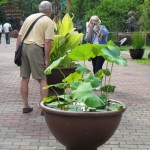
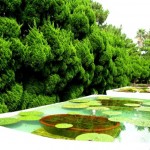










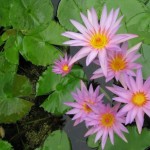






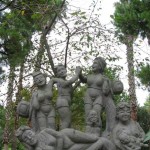






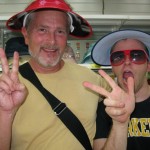








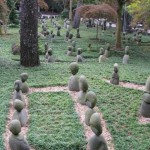

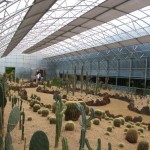
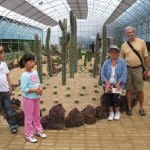
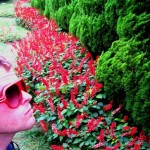





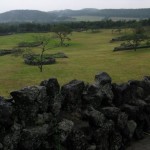

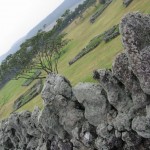

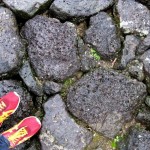
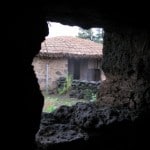






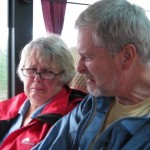













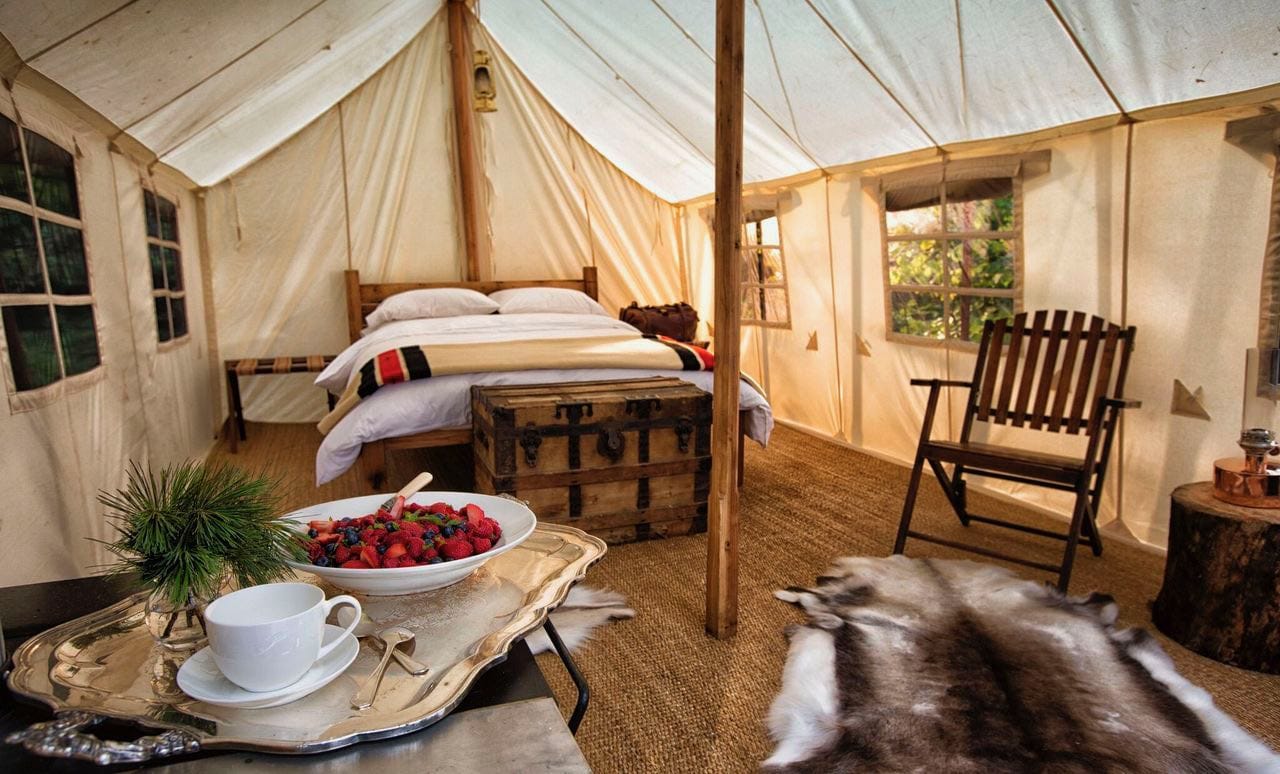
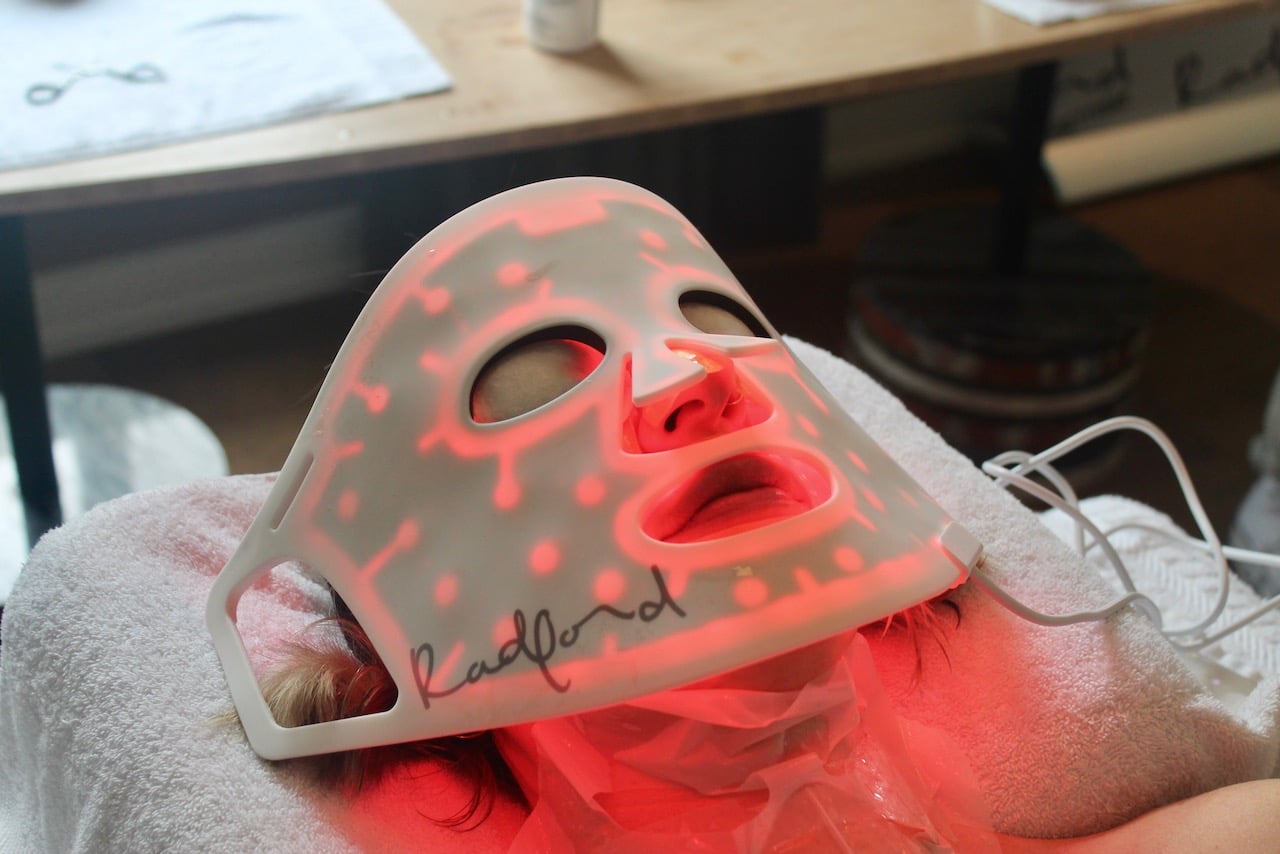
Hi! I know this is somewhat off-topic but I had to ask. Does running a well-established blog such as yours require a large amount of work? I am brand new to blogging but I do write in my journal everyday. I’d like to start a blog so I will be able to share my personal experience and thoughts online. Please let me know if you have any kind of ideas or tips for brand new aspiring blog owners. Appreciate it!Sugarland Roofing Contractor, 517 W. Hilary Circle, Sugar Land, TX 77498 – (281) 724-3750